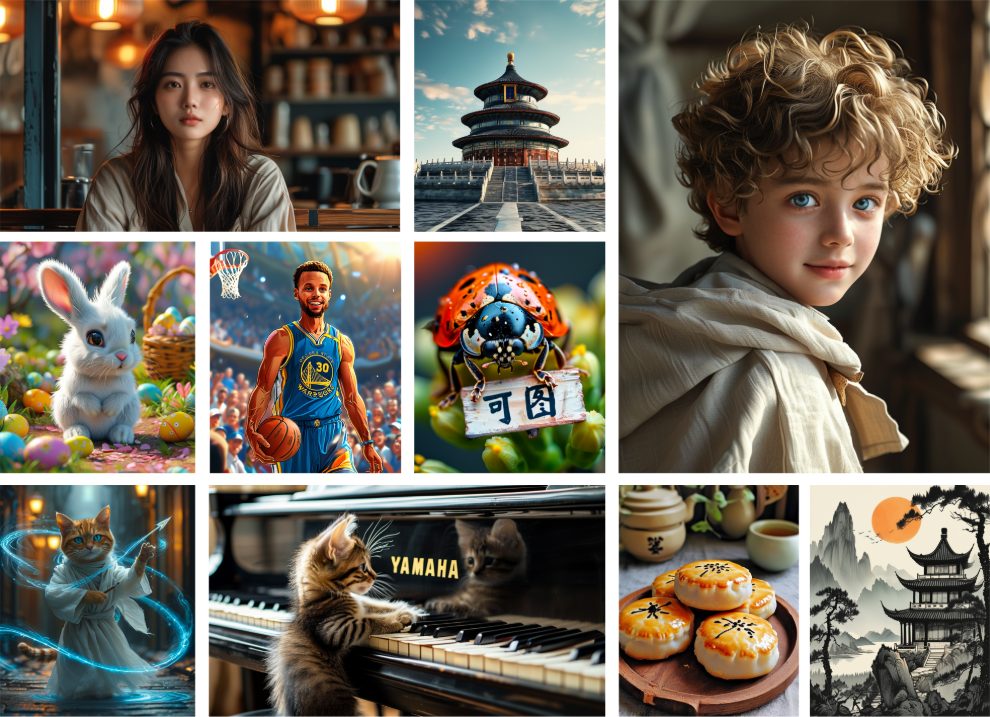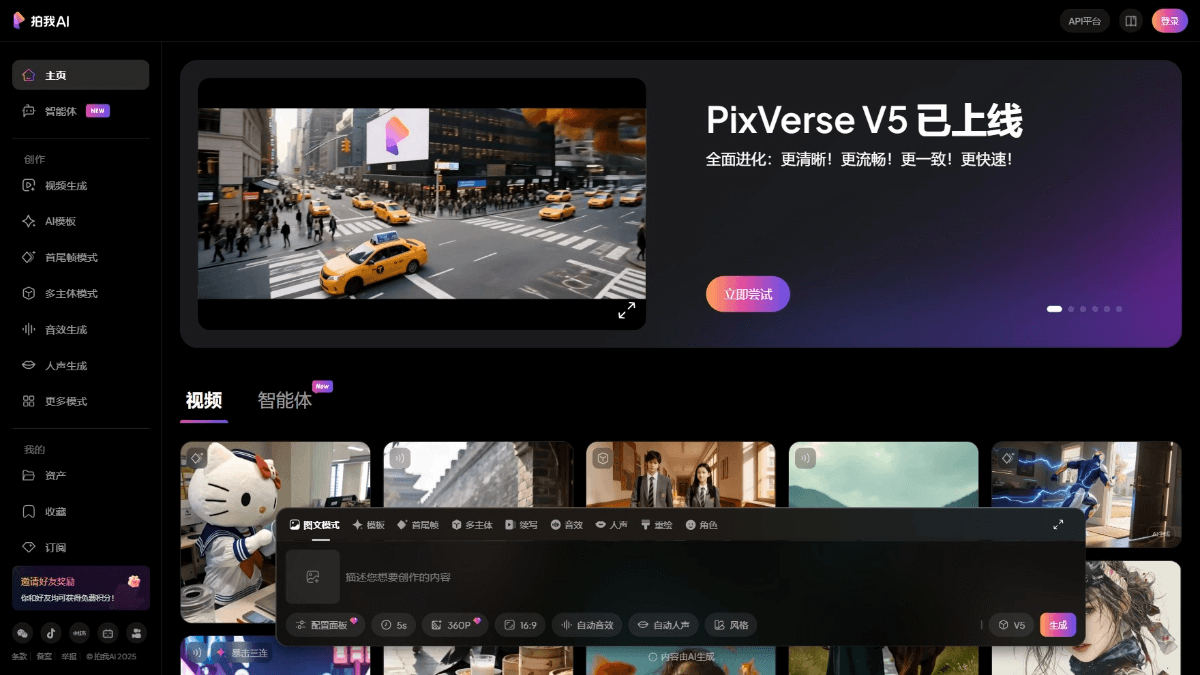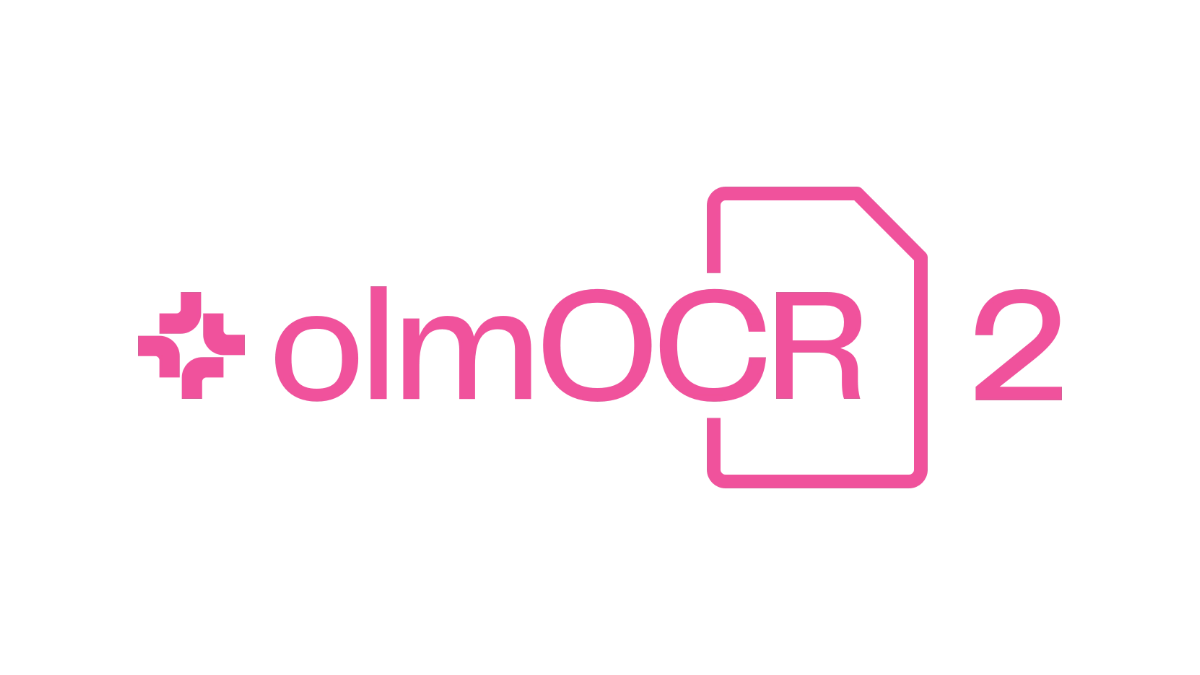Kolors: text-to-image model for generating high-quality images, support for generating Chinese posters
General Introduction
Kolors is a large-scale text-to-image generation model developed by the Racer team, based on potential diffusion techniques. The model is trained on billions of text-image data pairs and is capable of generating high-quality, complex semantically accurate images with support for both English and Chinese inputs.Kolors demonstrates significant advantages in visual quality, complex semantic accuracy, and text rendering, and is suitable for a variety of application scenarios, such as virtual try-on, image restoration, and personalized image generation.

Function List
- Text-to-Image Generation: Input text descriptions to generate high-quality images.
- Multi-language support: Supports Chinese and English input to generate images in the corresponding language.
- virtual try-on: Provides a virtual try-on feature that allows users to try on different clothing styles.
- Image Restoration: Repair and refine image details to improve image quality.
- Personalized Image Generation: Generate personalized images according to user needs.
- Model Training and Reasoning: Provide model training and inference code to facilitate secondary development.
Using Help
Installation process
- environmental preparation::
- Install Python 3.8 or later.
- Install PyTorch 1.13.1 or later.
- Install Transformers 4.26.1 or later.
- CUDA 11.7 or higher is recommended.
- Clone the repository and install the dependencies::
apt-get install git-lfs git
git clone https://github.com/Kwai-Kolors/Kolors
cd Kolors
conda create --name kolors python=3.8
conda activate kolors
pip install -r requirements.txt
python3 setup.py install
- Download model weights::
huggingface-cli download --resume-download Kwai-Kolors/Kolors --local-dir weights/Kolors
Usage Process
- Text-to-Image Generation::
- Run the following command to generate an image:
python3 scripts/sample.py "一张瓢虫的照片,微距,变焦,高质量,电影,拿着一个牌子,写着‘可图’"- The generated image will be saved in the
scripts/outputs/sample_test.jpgThe
- Using Diffusers::
- consultationDiffusers instructions for useThe
- virtual try-on::
- Visit the Kolors Virtual Try-On page, upload a photo and select a clothing style to see what you can try on.
- Image Restoration::
- Using the image repair function provided by Kolors, upload the image to be repaired and the system will automatically repair the image details.
- Personalized Image Generation::
- Enter a description of your personalized needs and Kolors will generate a compliant image based on the description.
caveat
- The Kolors model is completely open source and is intended for academic research only. 商业用途需填写问卷并发送至kwai-kolors@kuaishou.com进行注册.
- Please strictly observe the open source license and avoid using the model for any purpose that may cause harm to the state and society.
© Copyright notes
Article copyright AI Sharing Circle All, please do not reproduce without permission.
Related posts

No comments...




